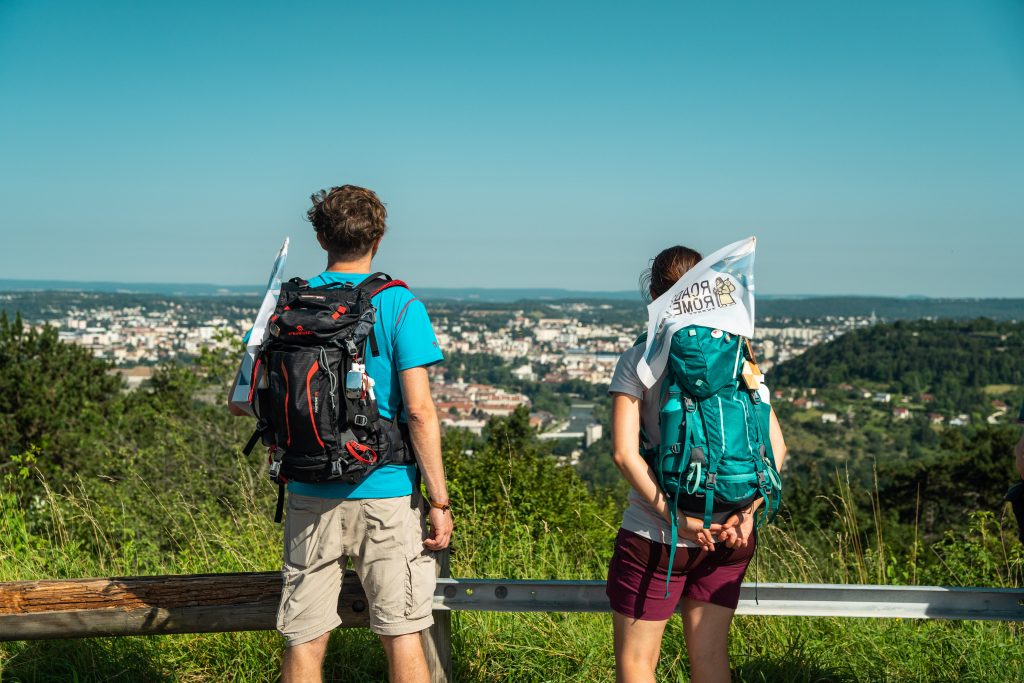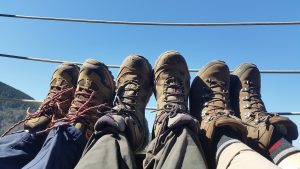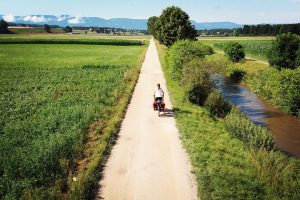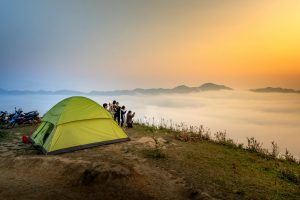Everyone has the possibility to move around: some of us with more or less difficulty, which obviously affects whether or not we manage to reach our destination on time.
When it comes to undertaking a route such as the Via Francigena, the matter becomes even more complicated. Yes, because covering 20-25 km on foot every day is certainly not a given, but managing to do so is definitely not impossible.
The first steps to start your training for the Via Francigena
Embarking on a long walk is an experience I recommend to anyone, even if it is only for a few days. It’s an activity that is good for the body and the spirit, but we should not underestimate the strain we might put our physique under, especially if we are not used to physical activity.
The World Health Organisation recommends an average of five to ten thousand steps per day to stay healthy. In the case of people with disabilities, they recommend aerobic activities of moderate to vigorous intensity, combined with muscle and bone strengthening. Since these are distances well under 10 km, I would say that an average day on the Via Francigena covers a distance that in general we are not accustomed to.
First of all, you need to know yourself: everyone has their own physical limits and characteristics, so it is essential to have an objective view of your own state of health and capabilities.
Second step: training. Below I propose a two-week programme, with an introductory cycle for beginners.
Before you start with the training below, I have one more recommendation for you: make sure you are able to do this series of activities without too much effort. If you struggle to finish the daily exercise from the training schedule, simply repeat the same training day twice or even the entire cycle.
How to understand an exercise is too much? Easy, listen to your heart.
If during your daily walk your heart rate is very high, it means that you are switching from aerobic to anaerobic training, which means you are testing your body and exceeding your training limit.
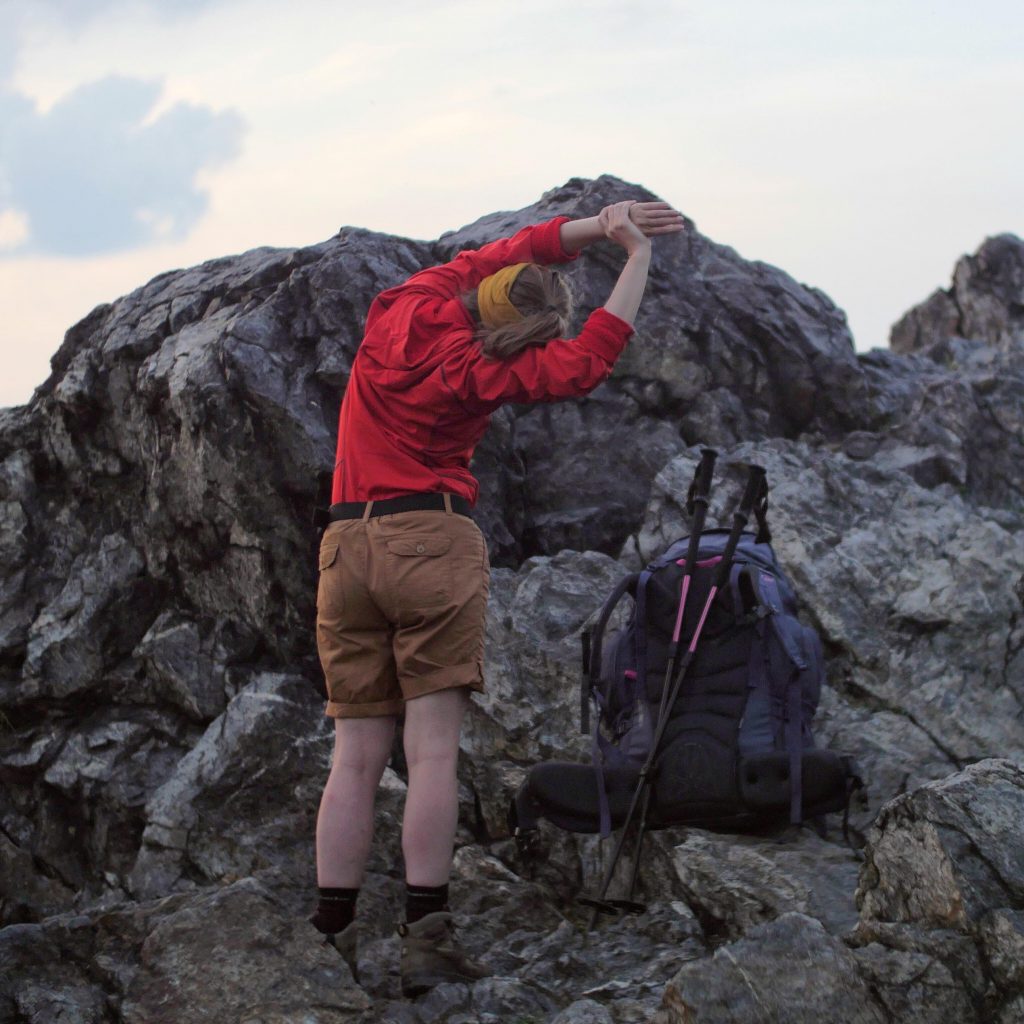
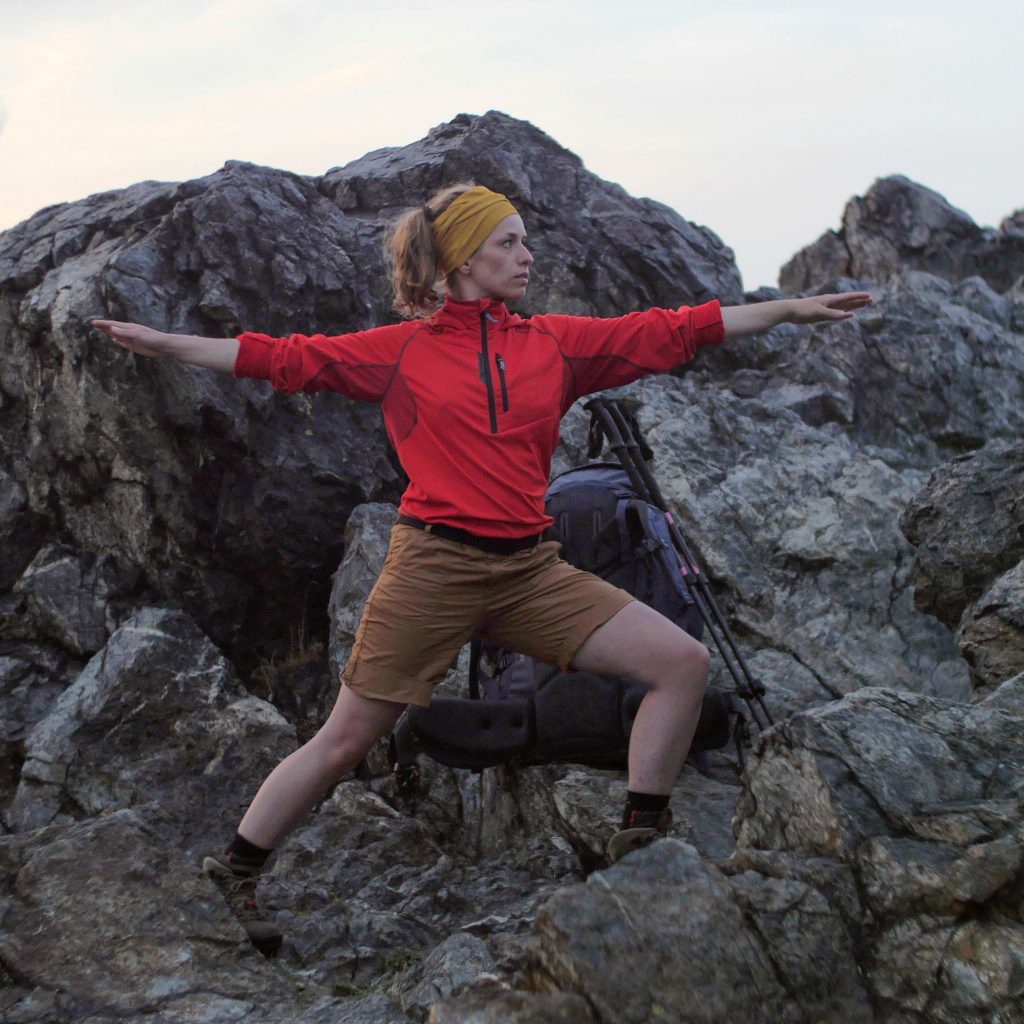
Training: the great challenge
Valuable advice that should not to be underestimated:
- Don’t forget to warm up before and after each daily session (5-10 minutes or so), with light aerobic exercises, just to loosen up and warm up your muscles, plus some stretching exercises.
- Respect the rest days on the training schedule, to give your body time to understand and get used to the change that is taking place.
- IT’S NOT A RACE, no one is running after you.
But without further ado, let’s move on to the ‘main course’ – the series of training cycles.
The training cycle suggested below will allow you, slowly, to overtake yourself, allowing you over time to perform the same way at a lower body effort. In fact, the suggested training schedule serves to get your body used to the effort of walking, which is light or moderate, but constant.
The two weeks of preparation with this method will improve your cardiovascular system, activate your muscles and get your tendons ready and performing for the journey.
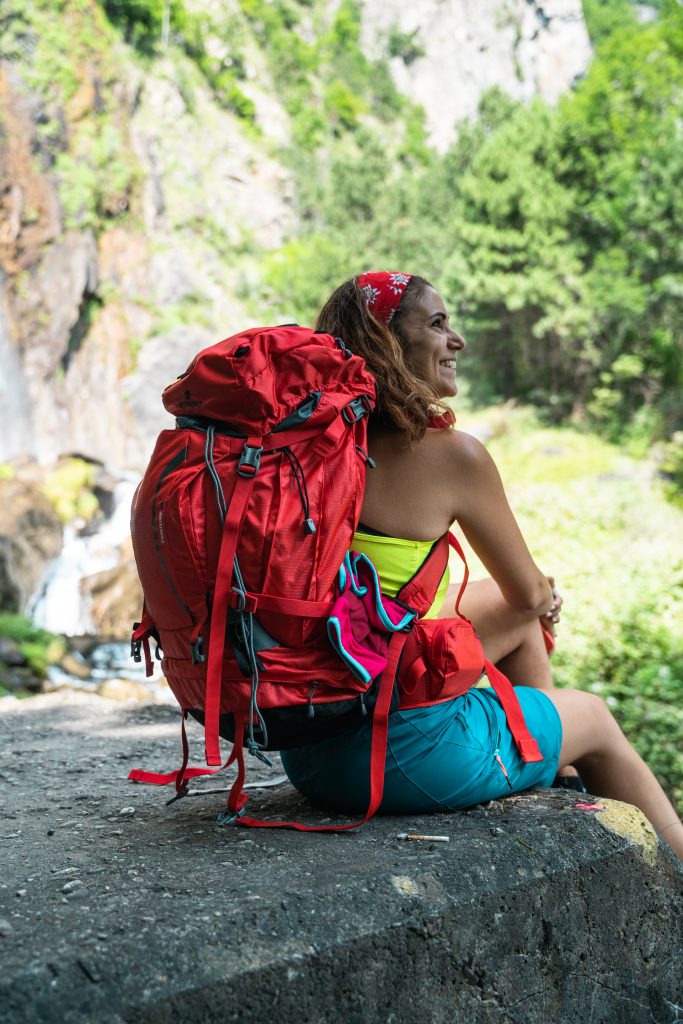
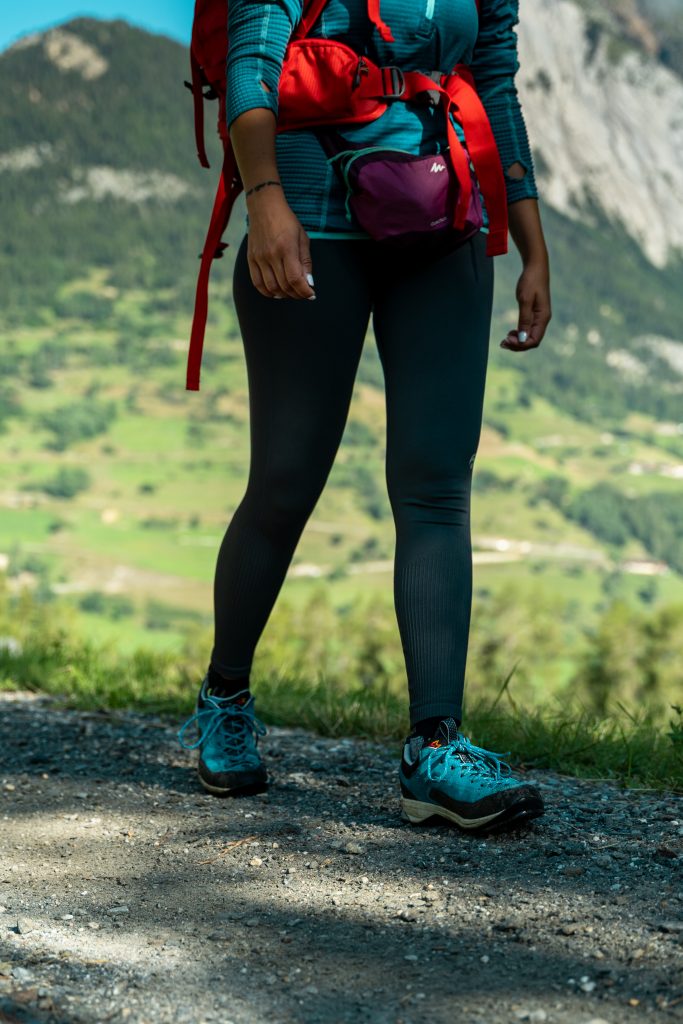
Training schedule
Introductory cycle
- Day 1: 20 minutes of walking without a backpack and preferably on level ground (approx. 1-2 km)
- Day 2: 30 minutes of walking without a backpack and preferably on level ground (approx. 2 km)
- Day 3: 40 minutes of walking without a backpack and preferably on level ground (approx. 3 km)
+++ Rest day – to be observed!!! +++
- Day 4: 50 minutes walking without a backpack and preferably on level ground (approx. 3-4 km)
- Day 5: 1 hour walking without a backpack and preferably on level ground (approx. 4-5 km)
- Day 6: 1 hour walking without a backpack and preferably on level ground (approx. 4-5 km)
+++ Rest day – to be observed!!! +++
1st cycle
- Day 1: 1 hour walking with 2-3 kg backpack, preferably on level ground (approx. 4 km)
- Day 2: 1 hour walking with a 2-3 kg backpack, preferably on level ground (approx. 4 km)
- Day 3: 1.5/2 hours walking with a 2-3 kg backpack, preferably on level ground (approx. 5-6 km)
+++ Rest day – to be observed!!! +++
2nd cycle
- Day 1: 1.5 hours walking with a 4 kg backpack, preferably on level ground (approx. 4 km)
- Day 2: 1.5 hours walking with a 4 kg backpack, preferably on level ground (approx. 4 km)
- Day 3: 2 hours walking with a 4 kg backpack, preferably on level ground (approx. 6 km)
+++ Rest day – to be observed!!! +++
3rd cycle
- Day 1: 1.5 hours walking with a 5 kg backpack, preferably on level ground (approx. 4-5 km)
- Day 2: 1.5 hours walking with 5 kg backpack, if possible slightly uphill (approx. 4 km)
- Day 3: 2 hours walking with a 5 kg backpack, if possible slightly uphill (approx. 5-6 km)
+++ Rest day – to be respected!!! (I think it is clear by now) +++
4th cycle
- Day 1: 1 hour walking with a 6-7 kg backpack, preferably on level ground (approx. 3-4 km)
- Day 2: 1.5 hours walking with a 6-7 kg backpack, if possible slightly uphill (approx. 3-4 km)
- Day 3: 2 hours of walking with a 6-7 kg backpack, if possible slightly uphill (approx. 5-6 km)
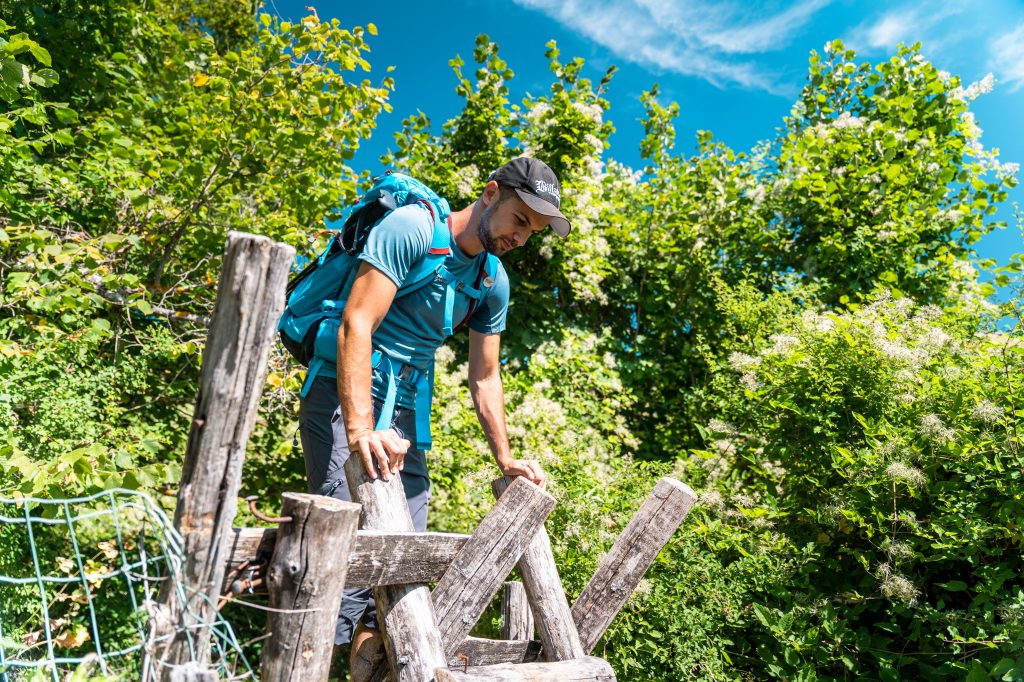
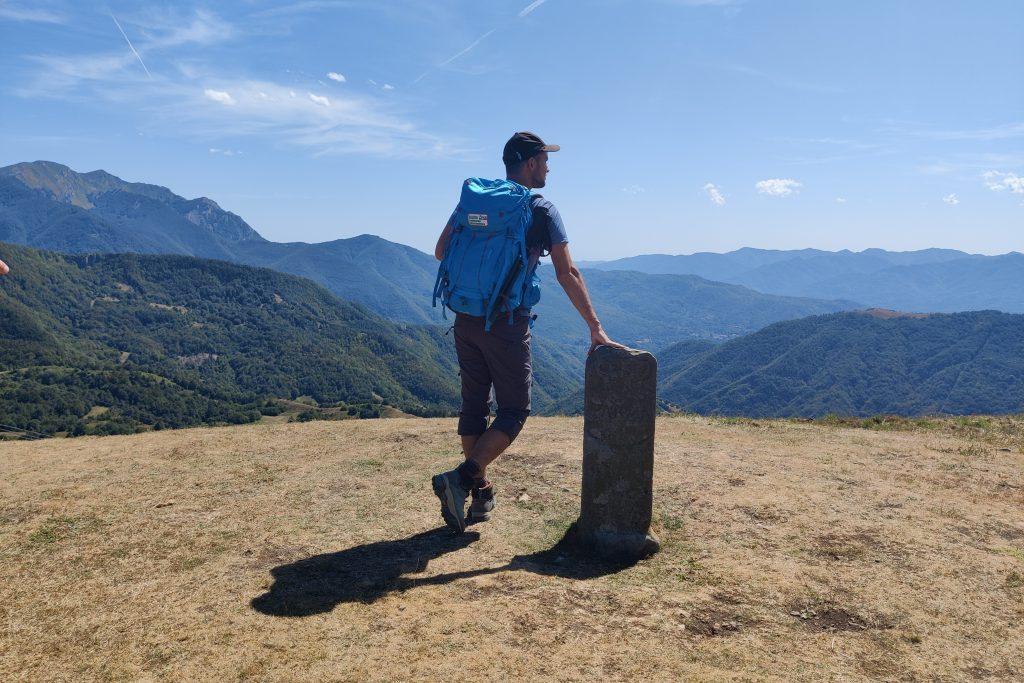
Good habits to treasure along the road
When you will be on the road, don’t forget to spend a few minutes warming up at the beginning and end of each stage.
You will need to stop every so often. Not only to admire the landscape but also to replenish your energy (here are our tips for light and tasty snacks) or to check your route, using the AllTrails app for example, but above all to rest your muscles and hydrate. Remember that there is no one-size-fits-all method of training for walking, but everyone will find their own, after several attempts and experiences. Certainly a backpack suited to the type of walk and our physical conformation as well as comfortable and flexible shoes will make a difference. If you are searching for inspiration, take a look at the proposals of our partners Ferrino and Garmont with whom we have activated a special discount dedicated to Francigena pilgrims!
Happy walking!
